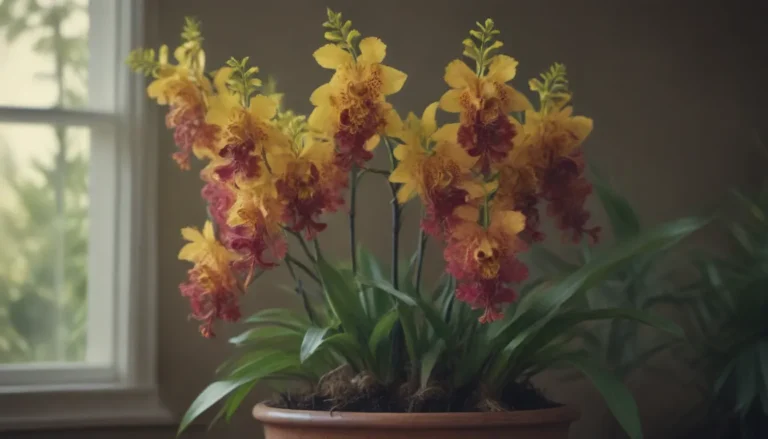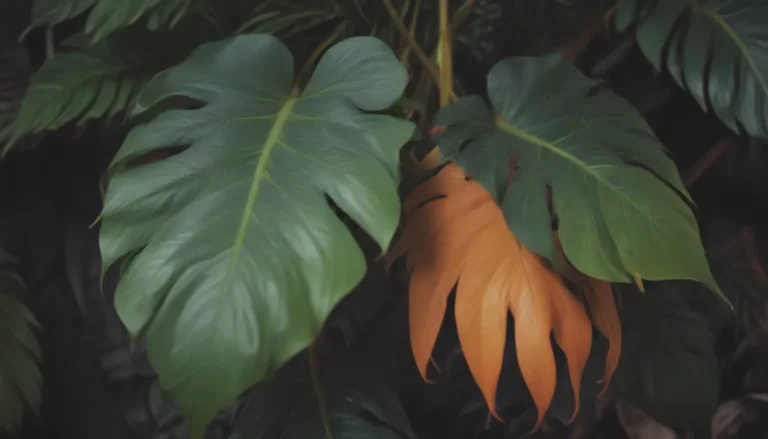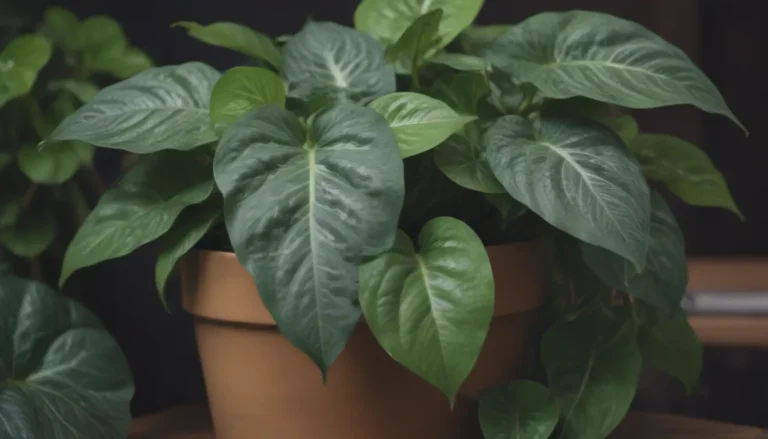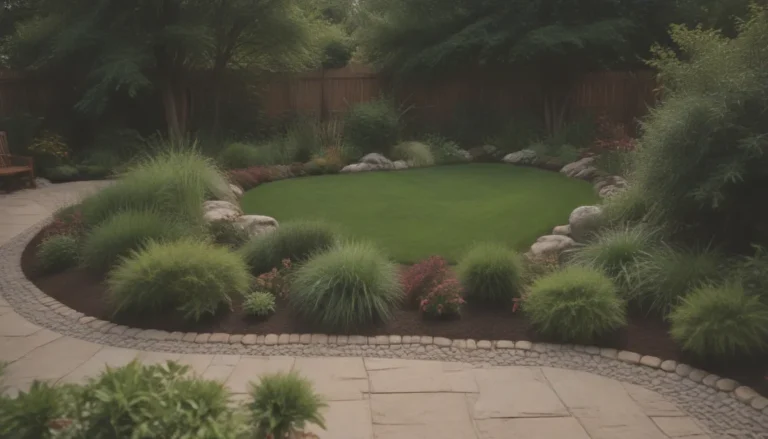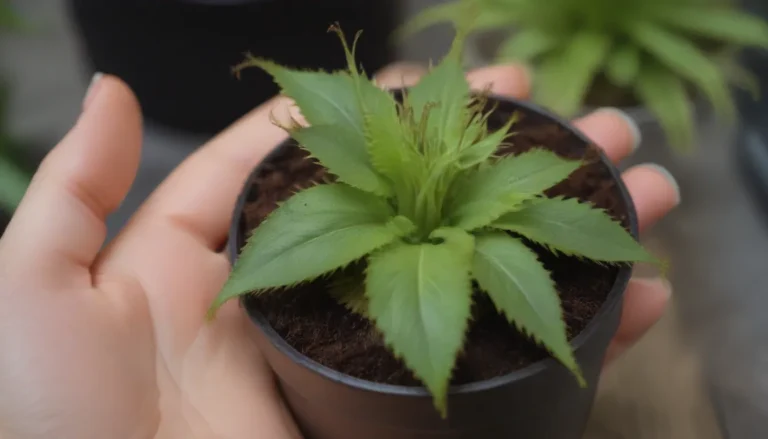Transform Your Garden With These 20 Expert-Approved Gardening Hacks

Gardening can be both rewarding and challenging, especially when you’re trying to navigate the endless sea of hacks and tips available online. While some hacks might seem like they’ll work wonders for your plants, it’s essential to tread carefully and ensure they do more good than harm. That’s why we’ve compiled a list of tried-and-true gardening hacks that are not only effective but also easy to implement. These tricks, shortcuts, and creative methods will help make your gardening experience smoother, more productive, and more efficient. Plus, many of them involve reusing or repurposing items you likely already have at home.
Protect Your Seeds With Old Window Screens
When starting seeds outdoors, it’s common to experience disappointing germination rates due to birds picking them out, especially during the winter when food is scarce. To safeguard your seeds, place an old window screen over the seed trays or pots. Secure the screen with rocks or bricks on all four corners to prevent birds from accessing the seeds. Once the seeds have germinated, remove the screen to allow the seedlings to grow freely.
Repurpose Your Hydro Garden for Seed Starting
If you have a hydroponic garden, repurpose it for starting your vegetable seeds indoors. Remove the water-holding bowl and grow deck, and take advantage of the full-spectrum LED grow lights to provide your seedlings with optimal lighting. Adjust the height of the lights as the seedlings grow to ensure they receive adequate light for strong, healthy growth.
Make Your Own Biodegradable Seed Pots
Save money on seed starting pots by creating your own biodegradable containers using toilet or paper towel tubes cut into 2-inch lengths, or paper egg cartons. Fill these containers with potting mix, plant your seeds, and water regularly to keep the medium moist. When it’s time to transplant your seedlings, simply plant the entire container in the garden, ensuring that no part of it sticks out of the soil.
Convert a Storage Container Into a Greenhouse
Turn a large clear plastic storage container upside down to create an outdoor greenhouse for your seedlings. Adjust the position of the container’s lid to regulate temperature and airflow as needed. When the seedlings outgrow the container, remove the lid to avoid hindering their growth.
Use Barbecue Skewers as Row Markers
Instead of buying specialized row markers for your vegetable plantings, opt for inexpensive wooden or bamboo barbecue skewers. Label the rows by poking a hole in a wine cork and attaching it to the skewer. Write the plant names on the cork with a marker and insert the skewers into the soil to mark your rows effectively.
Protect Young Seedlings With Sections of Pipe
Shield your tender seedlings from harsh weather conditions by using 4-inch PVC pipe sections or cut-out plastic pots placed around each plant. This barrier provides protection from sun and wind exposure until the plant is established, ensuring healthy growth.
Make a Pea Trellis From Pruned Branches
Create a natural and cost-effective trellis for your peas by collecting pruned branches up to 1 inch in diameter. Position the branches close together in the soil, allowing the pea tendrils to latch onto them for support as the plants grow. Trim any side branches to maintain a neat and sturdy trellis structure.
Place Cardboard Around Tomato Plants
Protect the delicate roots of your tomato plants by covering the soil around them with large pieces of unprinted, corrugated brown cardboard. This simple hack helps suppress weeds, retain soil moisture, and simplifies fall cleanup by allowing you to easily roll up the cardboard along with any plant debris for disposal.
Build a High Tunnel With Yard Sign Stakes
Utilize old yard sign stakes to construct a small high tunnel with a floating row cover, providing additional protection for your plants. Secure the row cover over the stakes with landscape fabric anchor pins, ensuring that pests are kept at bay while allowing for sufficient air circulation. Remember to remove the cover once the plants require pollination.
Keep Melons and Winter Squash off the Ground
Prevent rotting in melons and winter squash by lifting them off the soil surface using large tiles, flat rocks, or overturned dinner plates. Support the fruit with multiple pieces if needed, especially during wet weather when direct contact with the soil can lead to spoilage.
Make Stretchy Plant Ties
Opt for old T-shirts, stretchy fabrics, or nylon stockings as plant ties to avoid damaging your plants. These flexible materials provide gentle support without constricting the plant, unlike rigid zip ties.
Cover Shallow Garden Beds With Plastic
Combat weeds and soil erosion by covering unused garden beds with rolled black agricultural plastic sheeting. Secure the sheets with rocks or anchor pins to prevent tearing and ensure an effective barrier against unwanted growth.
Sift Soil With an Old Salad Spinner
Prepare your garden bed for planting by using the colander of an old salad spinner or a wire basket to sift soil and remove large rocks. This method is especially useful for root vegetables that require well-drained soil for optimal growth.
Bury Plants in Containers to Contain Root Growth
Control the spread of invasive plants like mint by burying them in containers to limit root expansion. For plants near walls or foundations, cut open one side of the container to direct root growth away from structures.
Paint Handles of Hand Tools with Neon Color
Prevent the loss of small hand tools in the garden by painting their handles in bright neon colors. Neon yellow, pink, or orange hues make the tools easy to spot amidst foliage and soil, saving you time and frustration during gardening tasks.
Partially Fill Pots With Leaves or Mulch
Enhance drainage and reduce the weight of container plants by filling the bottom portion of pots with dried leaves or hardwood mulch. Adjust the amount of filler material based on the plant’s root depth to provide adequate support without impeding growth.
Create an Insulating Silo for Potted Plants
Protect potted plants from excessive heat and root damage by nesting the container within a larger pot filled with gravel or wood mulch. This insulating barrier regulates soil temperature and shields the roots from extreme heat, ensuring the plant’s survival during hot summer months.
Use Painted Rocks to Mark Plantings
Personalize your garden markers by painting rocks or bricks with bright acrylic colors and descriptive labels. Place these decorative markers near newly planted bulbs or perennials to help you locate and identify them easily throughout the season.
Secure Newly Planted Shrubs and Trees With Rocks
Stabilize newly planted shrubs and trees by placing heavy rocks around the base, ensuring that the roots remain firmly anchored in the soil. This hack prevents frost heave and provides additional support to young plants as they establish themselves in their new environment.
Use a Wooden Board to Help Edge a Space
Define lawn or garden bed borders with a wooden board placed on the ground for a clean, professional edge. Use a spade or soil knife to cut alongside the board, creating neat boundaries that enhance the overall appearance of your outdoor space.
By incorporating these gardening hacks into your routine, you’ll not only simplify the gardening process but also nurture healthier, more resilient plants. Experiment with these expert-approved tips and tricks to transform your garden into a flourishing oasis of greenery and beauty. Happy gardening!
